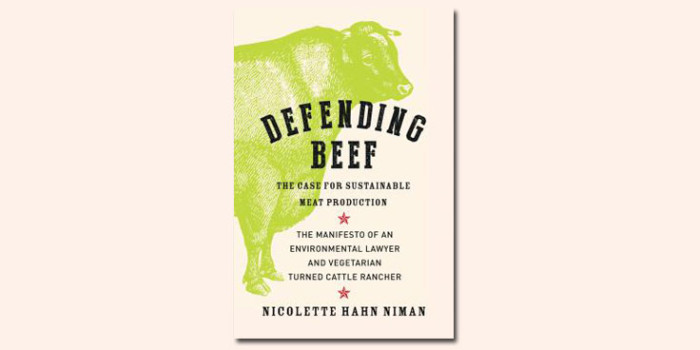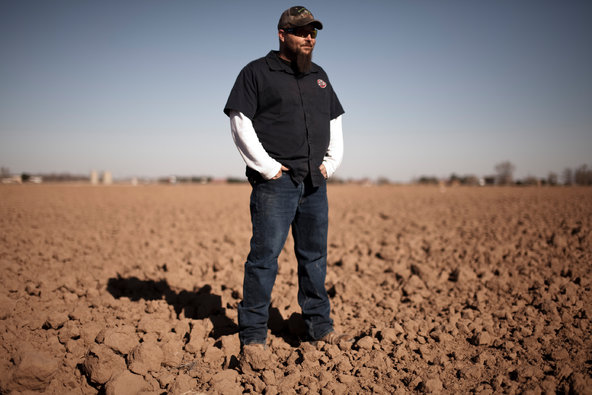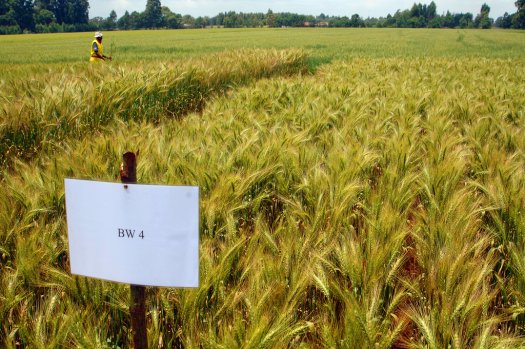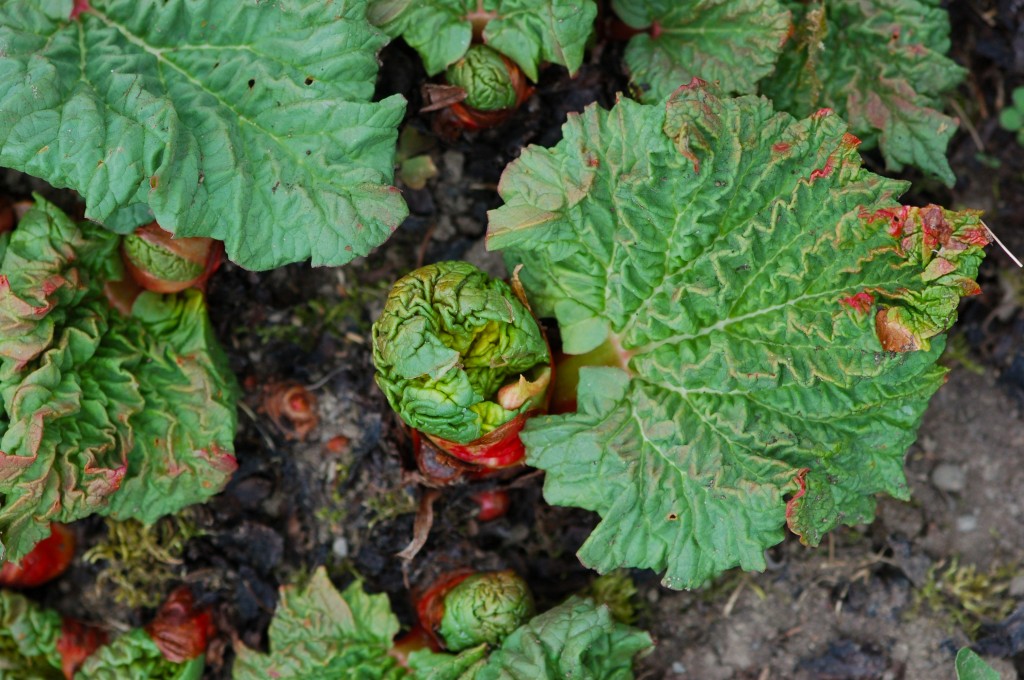
Should We Really Be Defending Beef?
by Maeve McInnis
While I thoroughly enjoyed and agreed with much of the contents of Defending Beef; The Case for Sustainable Meat Production, in the back of my mind there was the niggling thought that the author, Nicolette Hahn Niman, is married to Bill Niman—the owner of Niman Ranch, which is highly revered for its quality grass fed beef. This fact alone calls in to question her credibility and argument because it raises the question of her motive. She does, of course, address this obvious conflict by stating that she is a vegetarian and a lifelong environmentalist. These points do assuage my fears somewhat—I am also a vegetarian and environmentalist—however, it stills leaves traces of distrust as she is directly promoting her husband’s business regardless of whether her motives are pure.
Irrespective of my general suspicions, I thought this book had a solid argument. It was loaded with statistics and technical information yet written in colloquial language for an easy read, especially for people who are interested in this ongoing debate yet aren’t looking for a highly academic and scientific read but want the nitty gritty details of the argument. She breaks the book down into three distinct categories; Cattle: Environment and Culture, Beef: Food & Health, and Critique & Final Analysis.
I couldn’t agree more with the argument she makes in the first chapter that we need to change our industrial form of food production to a more ethical, holistic approach. One which does not separate a symbiotic ecosystem into separate systems thus creating un-manageable environmental and health problems. She discusses how we’ve taken animal husbandry off the family farm where the animal manure was the ecosystem’s fertilizer onto large-scale factory farms that now have ponds full of toxic liquid manure.
In this first section, she also discusses the impact cattle have on the environment. She bravely contests the popularly held believe voiced by many environmentalist that beef is detrimental to the environment, stating that what it really comes down to is properly managed cattle. She is against cutting down vast untouched areas to increase our cattle production. Instead, she suggests that society can use swaths of land that are arid and unsuitable for crops as grassing areas for these animals.
She relies heavily on the workings of a soil management guru, Allan Savory, who has had great success using cattle to improve the health of environment. He argues that certain geographical locations that we consider ‘healthy’ actually aren’t at all and need large animals to regenerate the soil.
In the second portion of the book, she moves on to discuss the human health effects of grass fed beef arguing that this type of beef, hormone and antibiotic free, is good for us as it has protein that you can’t get in any other type of food. This again raises the issue of her being a vegetarian; I would like to know whether she thinks that she would be healthier if she ate meat and why it is that she hasn’t gone back to eating meat when she argues that it is good for one’s health. Is that not the cardinal rule? Practice what you preach?
The final section ends with a general analysis and critique of the other arguments out there against meat. Returning once more to my underlying suspicions, as stated she cited a ton of studies but did not clearly discuss who funded the studies, which is a crucial aspect of transparency since the source of funding will have an impact on the outcome of the study
How does one know who to trust on what is good for our health? Her argument intuitively makes sense: that otherwise unused plots of land not suitable for food cultivation be used for well-managed cattle rearing because they improve the soil with their manure. She argues that not only is this way of managing cattle healthy for the environment, but that beef is healthy for human beings to eat. There are also many arguments against fully against eating meat, even grass fed ethically raised animals such as cows. As a health conscious person who has been raised vegetarian and eating organic food, I find it difficult to choose a side of this argument. I find myself, despite my above mentioned suspicions, drawn to the argument she lays down because it makes sense to me. It also helps that she is vegetarian and a lifelong environmental activist. Another point of her argument that hits home with me is that she is thinking in terms of the whole ecosystem’s health (inclusive of humanity’s health) which to me is crucial. We can’t remove pieces of the puzzle and attempt to solve it that way. Today’s conundrum of climate change and population growth requires this whole systems approach. But once again, how does one reconcile these opposing views with such legitimate numbers to back up their arguments?

Maeve McInnis just graduate with her Masters of Science in Environmental Policy and Sustainability Management with a specialization in Food Policy from the Milano School of International Affairs, Management and Urban Policy at the New School. She was the President of the Sustainable Cities Club and a member of the Student Advisory Committee with the Dean. She is an avid traveler and lover of food, culture and social justice.




